Similar Posts
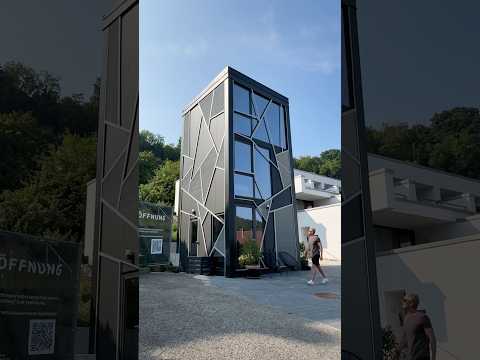
Touring the first Vertical PREFAB HOME in the World! #hometour
Touring a Vertical Prefab Home with 2 bedrooms and 1 and a half bathrooms. This is…
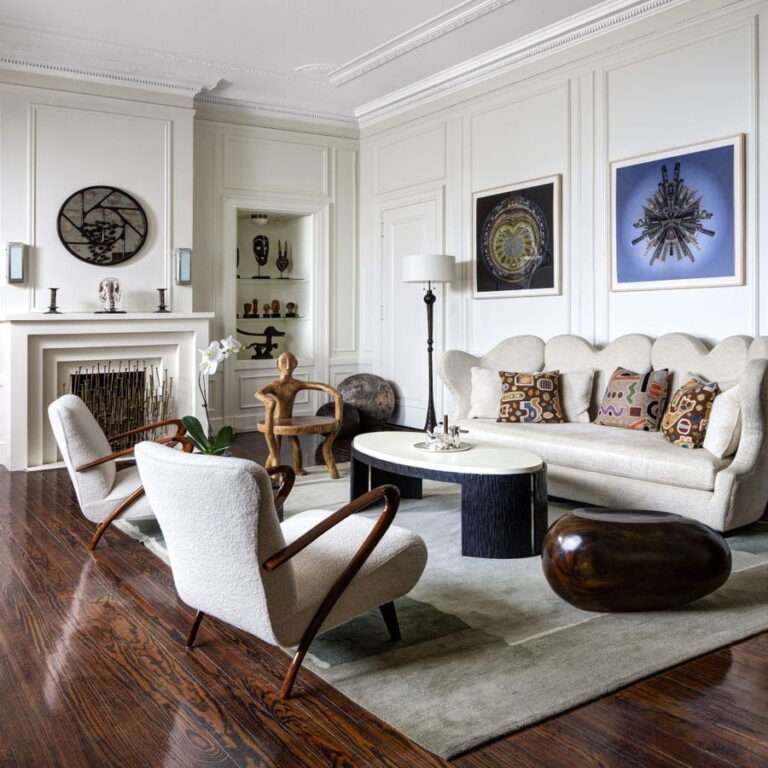
Top 5 Barcelona Interior Designers – Decorilla Online Interior Design
Looking to transform your space with a touch of Barcelona flair? Whether you’re drawn to sleek…
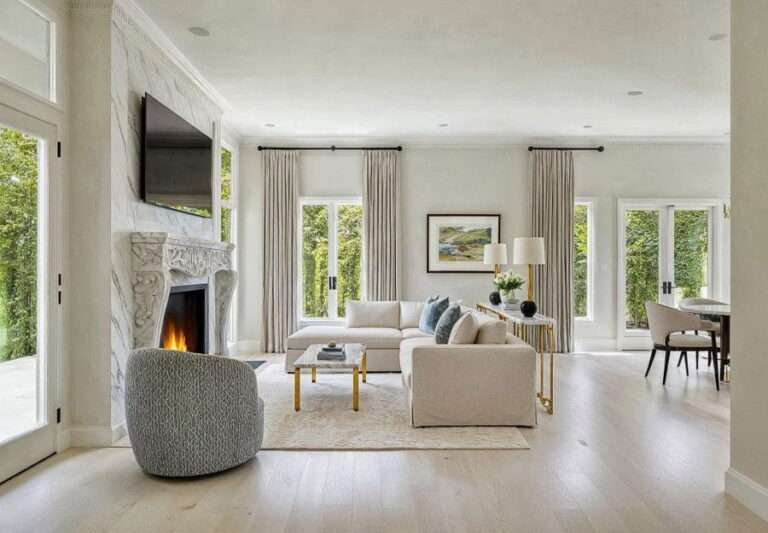
Before & After: Modern Transitional Home Refresh – Decorilla Online Interior Design
What makes a modern transitional home feel fresh rather than stuck between styles? The answer lies…
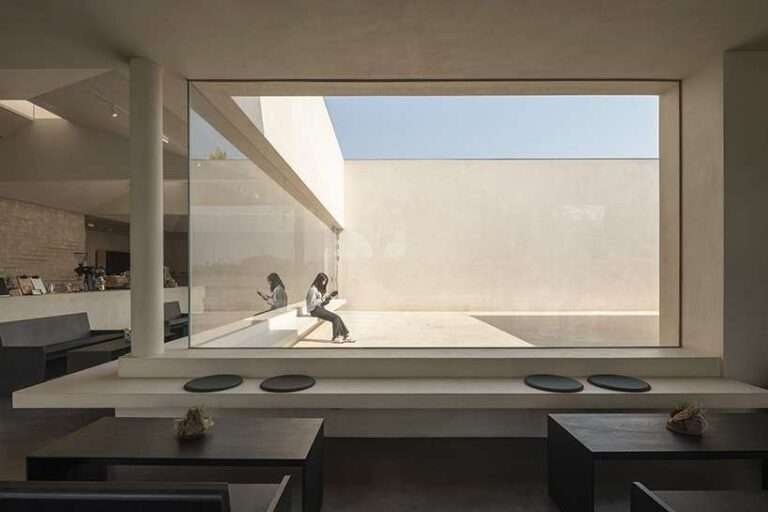
funnel-shaped openings bring light within songmont retail space by archstudio in beijing
ARCHSTUDIO conceives Songmont’s multifunctional brand Space Songmont, a Chinese brand known for its functional and minimalist…
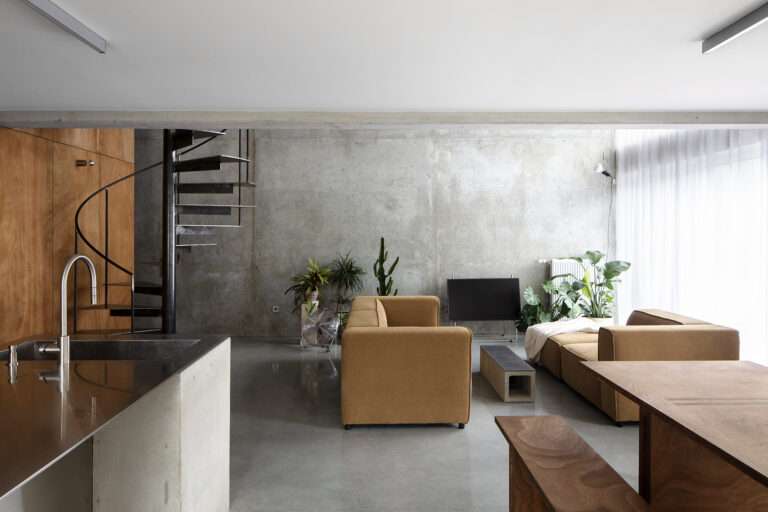
Leibal — Capable One
Capable One is a minimalist home located in Bordeaux, France, designed by A6A in collaboration with…
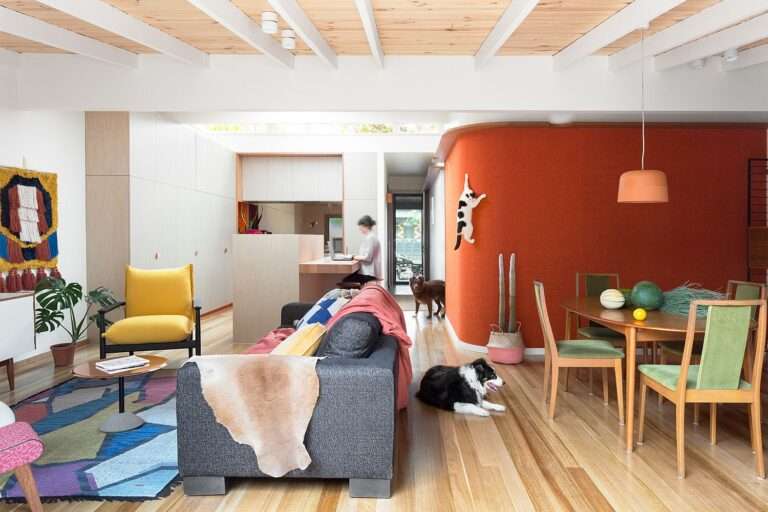
Colorful Fiesta Full of Spanish Flavor Unleashed Inside this Chic Melbourne Home
A Victorian’s Workers Cottage in the suburb of North Fitzroy, Melbourne, the Casa de Gatos designed by WOWOWA Architects is a gorgeously altered residence that has a style and aura of its own. Despite its limited size and special style requirements, the interior of this altered Aussie house feels modern and vibrant at every turn. […]
You’re reading Colorful Fiesta Full of Spanish Flavor Unleashed Inside this Chic Melbourne Home, originally posted on Decoist. If you enjoyed this post, be sure to follow Decoist on Twitter, Facebook and Pinterest.